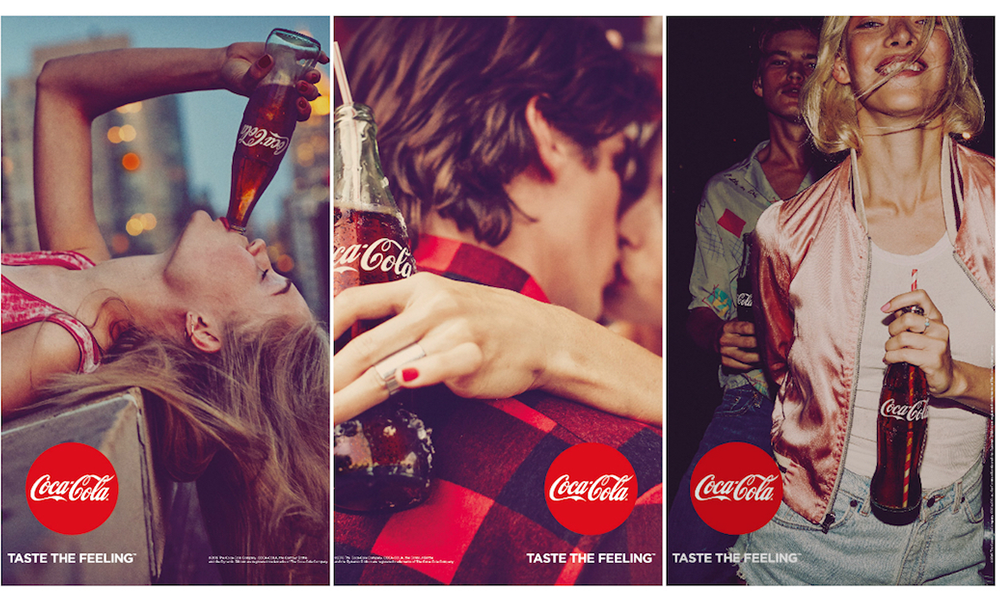Companies are turning to “purpose” and “authenticity” as a way to engage consumers. But it’s hard enough to find a purpose in life if you’re an individual, let alone an entire company. And being authentic is a bit like being cool — sometimes the harder you try, the less you are.
So what’s a brand to do?
First step is to recognize that there are different kinds of purpose. Sometimes purpose is about values — who you are and what you stand for. Other times it is about value — what you do and how it benefits others. The ultimate goal would seem to be having your values and value aligned.
But in a social age, this kind of purpose isn’t enough. The problem comes down to a simple preposition. Most brands think of purpose as a purpose for. But what is needed is a purpose with.
To understand the power of shared purpose, it’s useful to look at the mission statements of leading companies. They illustrate the point, and in fact are remarkably representative of the differences between the companies. So with that caveat, let’s look at our first mission statements from Adidas and Nike:Customers are no longer just consumers; they’re co-creators. They aren’t just passive members of an audience; they are active members of a community. They want to be a part of something; to belong; to influence; to engage. It’s not enough that they feel good about your purpose. They want it to be their purpose too. They don’t want to be at the other end of your for. They want to be right therewith you. Purpose needs to be shared.
Adidas: The adidas Group strives to be the global leader in the sporting goods industry with brands built on a passion for sports and a sporting lifestyle.
Nike: To bring inspiration and innovation to every athlete* in the world.
*”If you have a body, you are an athlete.”
Notice how you respond to each statement. Adidas puts the emphasis on value and values. But Nike goes further, addressing not only people’s interests but their sense of who they are. Adidas is for, while Nike is with.
The relationship of shared purpose to corporate social responsibility is worth exploring a bit further, this time by comparing Pepsi and Coca-Cola. Under the label “Performance with Purpose,”
Pepsi has declared both a mission and a vision.
Mission: Our mission is to be the world’s premier consumer products company focused on convenient foods and beverages.
Vision: PepsiCo’s responsibility is to continually improve all aspects of the world in which we operate — environment, social, economic — creating a better tomorrow than today.
This is a perfect example of a “Values and Value” approach to purpose. The vision covers values, and the mission covers value. But there is no shared purpose here. Nothing for people to participate in, belong to, engage with, co-create, or share with others that aligns the commercial side of the business with social responsibility.
To refresh the world…
To inspire moments of optimism and happiness…
To create value and make a difference.
While the third line is a bit generic, the first two lay a stronger foundation for a shared purpose. It is perhaps no coincidence that Nike, Starbucks, and Coca-Cola all feature the word inspiration in their mission statements. You can’t inspire someone without their participation and engagement.
.
As you formulate your shared purpose, don’t go for what you think it should be. Look for who you already are. How you already connect with your customers. What your fans already say about you.
Remember, this is not something you are going to do to them, or for them, but with them. It’s a journey you will be on together, hopefully for a very long time.





















0 comments:
Post a Comment